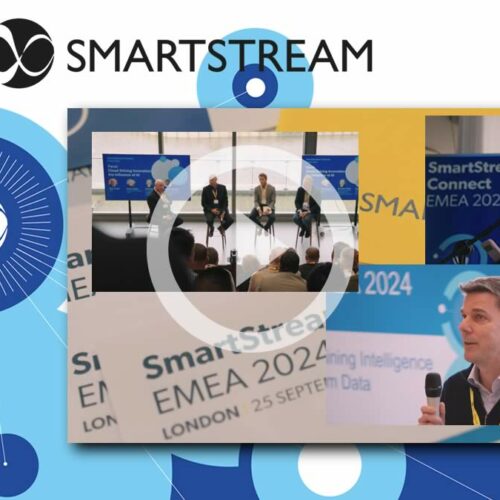By Linda Coffman, Executive Vice President, RDS
The regulatory landscape for Systematic Internalisers (SIs) is undergoing a major transformation in 2025. Both the UK Financial Conduct Authority (FCA) and the European Securities and Markets Authority (ESMA) have introduced significant changes to the SI Regime, shifting from a mandatory, volume-based model to a more flexible, voluntary framework. As a result of these changes, market participants will need to change where they register and source their Systematic Internaliser data.
These reforms aim to reduce compliance burdens, improve market efficiency, and give firms greater autonomy in determining their market role.
From Mandatory to Voluntary – Systematic Internaliser Status
FCA
- SI status is now based on qualitative criteria, not trading volume thresholds.
- Full implementation of the new regime goes into effect on 1st December 2025.
- Pre-trade transparency is required only for equities.
- Non-equity SIs are exempt from pre-trade reporting.
- SI status is no longer used for post trade reporting
ESMA
- The MiFID II review removed the quantitative test for determining whether an investment firm qualifies as a SI.
- The mandatory SI Regime has ended; firms can voluntarily opt in as SIs for strategic or commercial reasons.
- Full implementation of the new regime goes into effect from 29th September 2025.
- Pre-trade reporting is required only for equities.
- Non-equity SIs are not obligated to report pre-trade data.
- SI status is no longer used for post trade reporting.
New Reporting Frameworks: DR and DPE for Post Trade Reporting
FCA: Designated Reporter (DR) Regime
- DR designation is at the entity level, meaning if a firm registers as a DR, they service across all asset classes.
- Firms must register to be a DR on the FCA platform.
- Firms must identify if they, or their counterparty, is a Designated Reporter (DR) to determine who is responsible for post-trade reporting.
ESMA: Designated Publishing Entity (DPE) Regime
- DPE designation is at the entity plus asset class level, meaning firms must identify which classes of financial instruments they will be servicing.
- Investment firms intending to become DPEs are encouraged to register with their National Competent Authorities (NCA).
- Firms must identify if they, or their counterparty, is a DPE for the instrument being traded to determine who is responsible for post-trade reporting.
Prior to these changes, the industry successfully collaborated to deliver SI data via the SI Registry. Facilitated by several APAs and SmartStream’s Reference Data Services, the SI Registry was created as a mechanism for firms to submit their SI status at the granularity mandated by the regulators.
In response, a decision has been made to discontinue the SI Registry. The granularity of data provided by the existing SI Registry will no longer be needed by the end of 2025.
This means firms need to be prepared to decommission the use of the existing SI Registry and to onboard the relevant SI, DR and DPE data sets. This can be done by sourcing the data directly from the regulators or using a third-party provider. Sourcing directly from the regulators comes with its challenges given the lack of key fields needed for straight through processing and the lack of historical data. Firms should ensure that the data is collected and validated daily given there are no notifications when data is deleted, inserted or updated.
Conclusion
The current reforms to the SI regime mark a pivotal shift in European and UK market structure. By moving from mandatory thresholds to voluntary participation, both the FCA and ESMA are giving firms more control over their regulatory obligations. However, this flexibility comes with new responsibilities – particularly around identifying the correct DRs or DPEs for post-trade reporting.






